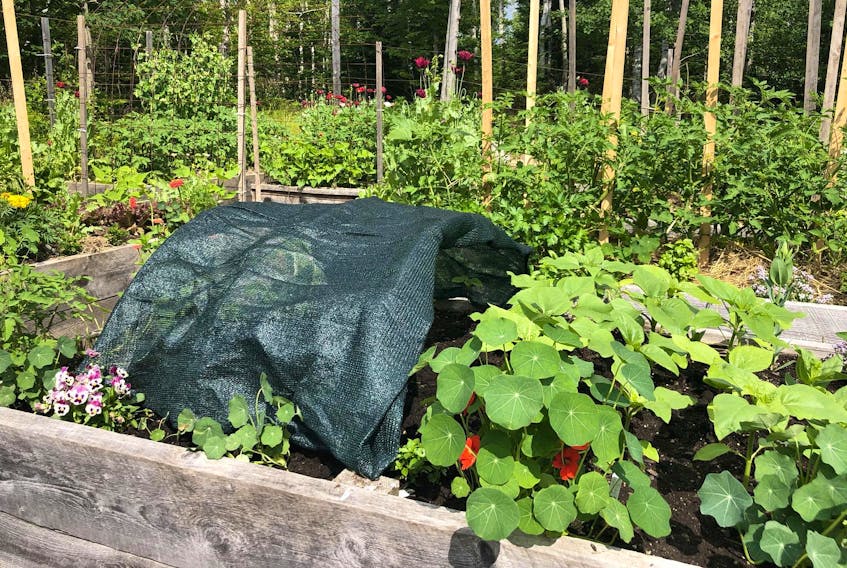I apologize in advance for using the F-word in mid-summer, but if you want to enjoy a bumper crop of fall vegetables, it’s time to get planting. In fact, in my Halifax garden I’m busy sowing seeds for carrots, beets, daikon radishes, cabbage, broccoli, and kohlrabi.
Once late summer arrives, I will again be planting seeds, but this time for quick-growing salad crops like spinach, arugula, leaf lettuce, and Asian greens, as well as speedy root crops like turnips and radishes. These will be enjoyed until the hard frost, and beyond if the beds are protected with mini tunnels or cold frames.
Summer planting tips
Heat-loving vegetables like tomatoes and peppers may thrive in the summer heat, but hot weather can make it hard to establish fall crops. Most of the vegetables I grow for fall harvesting are cool or cold season crops and prefer cooler temperatures. Germination rates decline as the mercury soars and garden soil dries out quickly, further reducing germination. However, there are a few simple techniques that will boost success.
First, be sure to water newly seeded or transplanted garden beds and containers regularly. If the soil is allowed to dry out, the tiny seedlings will shrivel. Once they seedlings are growing well, you can reduce watering.
Providing temporary shade until the seeds germinate is one of the easiest ways to successfully establish autumn crops. To make a mini shade tunnel, I place a few 12-gauge wire hoops over my summer seeded beds, covering them with a piece of shade cloth or a row cover to block sun and reduce water evaporation.

The best vegetables for a fall harvest:
- Carrots: The best tasting carrots of the year come from our last seeding, which takes place in late July. The harvest won’t begin until mid-autumn but continues through winter once the beds are deep mulched with straw in late autumn. After a few fall frosts, starches in the carrot roots convert to sugar, intensifying their sweetness.
- Beets: Autumn is prime time for beets and my favourite varieties include those with white, yellow, or striped roots. Their mild, sweet flavours are an anticipated fall treat. Direct seed in late July through early August.
- Daikon Radishes: Daikon radishes mature best in the cooler and shorter days of autumn but need to be seeded in the next few weeks. Favourite varieties include long white icicle and watermelon.
- Turnips: Golf-ball sized turnips, like Hakurei, offer tender-crisp, sweet roots in just 40 days. I sow more seed every few weeks from early August through early September for a steady supply of high-quality roots and tops. Tops? Yes! Turnips tops are a top-notch salad green and packed with nutrients.
- Cabbage: Crunchy and sweet, fall cabbage is a gardeners delight. For a quick crop, plant savoy express, an award-winning hybrid that grows 15 cm across and is ready to harvest just 55 days from transplanting.
- Kale: No autumn veggie patch is complete without several varieties of super-hardy kale. In fact, as the temperature drops in autumn, the leaves of kale become even sweeter. Transplant seedlings now into the garden for mature plants or sow seed thickly in garden beds and cold frames in August for tender baby leaves.
- Kohlrabi: A lesser known fall crop, kohlrabi is easy to grow and quick to mature. The plants have rounded purple or green stems that are harvested when about 10 cm in diameter. The leaves are also delicious stir-fried.
Niki Jabbour is a radio host and the best-selling author of three gardening books, including Veggie Garden Remix. Find her on social media and at SavvyGardening.com.









